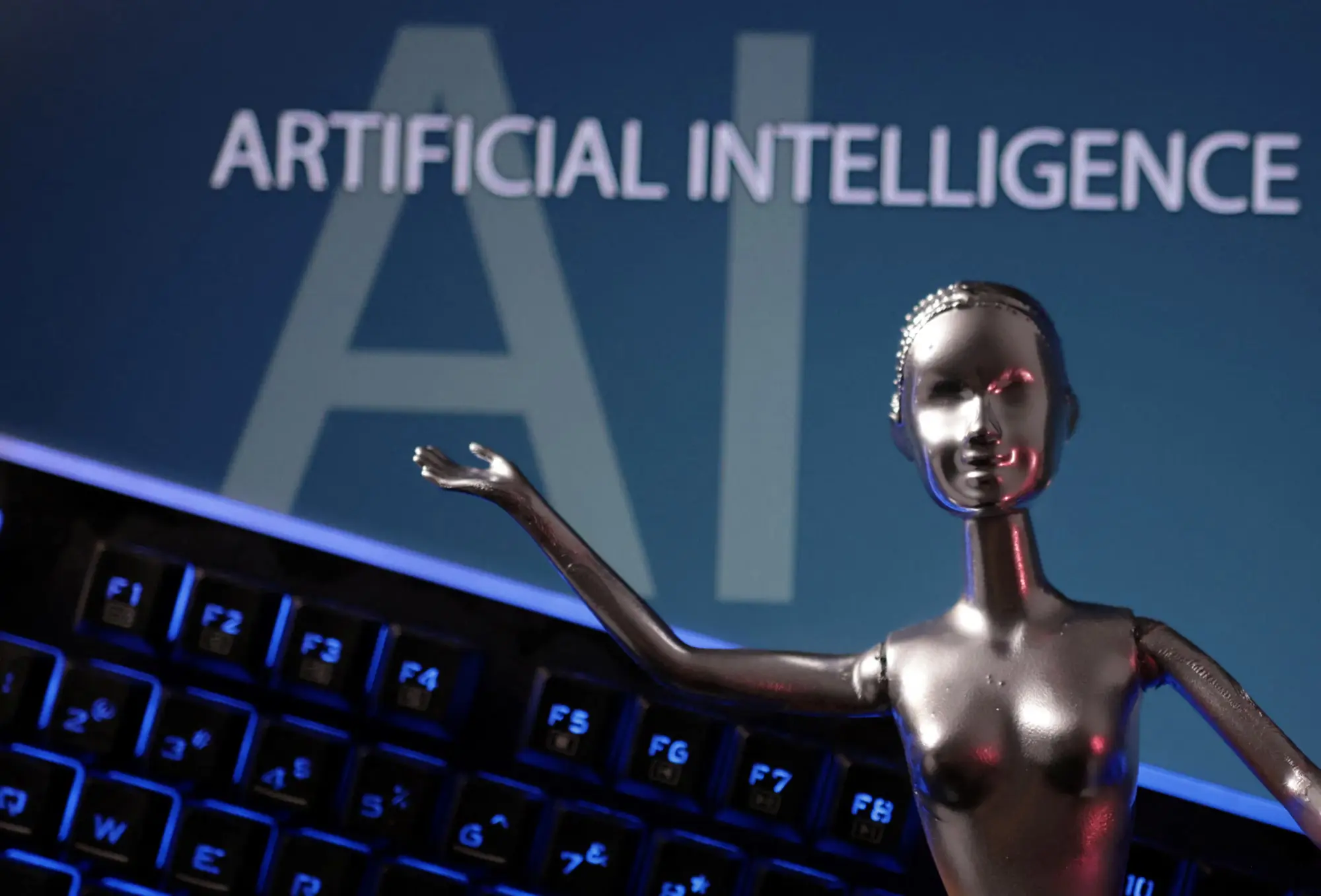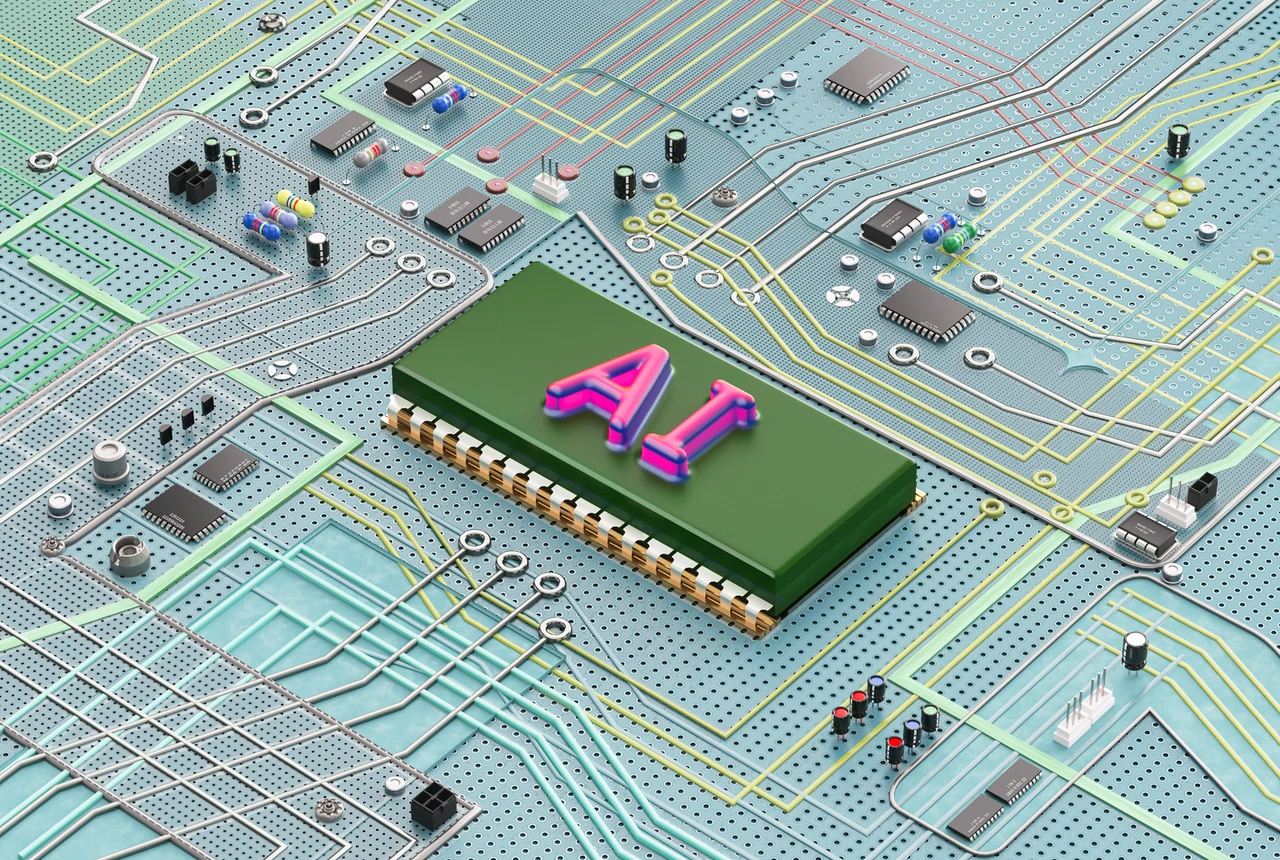How AI Is Transforming Cybersecurity
Artificial Intelligence is transforming cybersecurity by improving threat detection, speeding up response times, and adapting to evolving cyber threats.
Introduction As cyber threats grow in scale and sophistication, traditional cybersecurity tools are struggling to keep up. Artificial Intelligence (AI) has emerged as a transformative force, enabling smarter, faster, and more adaptive defense mechanisms. From threat detection to automated response, AI is now an essential part of modern cybersecurity infrastructure.
How AI Enhances Cybersecurity
1. Advanced Threat Detection AI can analyze vast datasets and detect patterns humans might miss. This enables it to identify anomalies, zero-day attacks, and complex threats more effectively than rule-based systems.
2. Real-Time Response With machine learning algorithms, systems can instantly detect and respond to suspicious activities, minimizing damage from threats like ransomware or DDoS attacks.
3. Predictive Analytics AI models can predict future attacks based on past data. This proactive approach helps organizations patch vulnerabilities before they are exploited.
4. Behavioral Analysis AI tools monitor user behavior and trigger alerts when unusual patterns are detected. This is especially effective in detecting insider threats and account takeovers.
5. Threat Intelligence Automation AI can aggregate threat intelligence from multiple sources, analyze it quickly, and provide actionable insights, reducing the burden on human analysts.
Use Cases of AI in Cybersecurity
Email Filtering: Identifying phishing attacks by scanning content, links, and sender behavior
Network Security: Analyzing traffic in real time to detect intrusions or abnormal flows
Endpoint Protection: Scanning and isolating compromised devices automatically
SIEM Systems: Enhancing Security Information and Event Management with AI-driven correlation
Cloud Security: Detecting and responding to threats in cloud environments using AI
Benefits of Using AI in Cybersecurity
Speed: Real-time detection and response drastically reduce reaction time
Scalability: Handles massive volumes of data and attacks across multiple systems
Accuracy: Reduces false positives and increases threat detection precision
Adaptability: Learns and evolves with emerging threats
Efficiency: Frees up human analysts to focus on complex decision-making
Challenges and Risks
1. Adversarial AI Hackers are beginning to use AI to automate attacks and create more deceptive phishing campaigns. Defensive AI must evolve to stay ahead.
2. Data Privacy Concerns AI systems require large datasets, which could raise privacy and compliance issues, especially under regulations like GDPR or CCPA.
3. False Sense of Security AI is powerful but not infallible. Organizations must not rely solely on AI without human oversight and layered defenses.
4. Algorithm Bias Poorly trained models may have biases, leading to missed threats or unfair decisions.
5. Cost and Complexity AI implementation requires significant investment and integration with existing infrastructure, which may be challenging for smaller organizations.
AI vs Traditional Cybersecurity Tools
Feature Traditional Tools AI-Driven Systems Threat Detection Signature-based Behavior-based Response Time Delayed Real-time Adaptability Static Dynamic Data Analysis Manual Automated Learning Capability None Continuous Learning
AI Tools Commonly Used in Cybersecurity
IBM Watson for Cyber Security
Darktrace Enterprise Immune System
CylancePROTECT
CrowdStrike Falcon
Splunk + Machine Learning Toolkit
Microsoft Defender for Endpoint with AI
Implementing AI in Your Security Stack
1. Assess Security Needs Evaluate current threats, existing tools, and data capabilities.
2. Choose the Right AI Platform Select tools that integrate with your environment and support your compliance requirements.
3. Train AI Models Use historical data and threat intelligence to train models for better accuracy.
4. Combine with Human Expertise AI supports analysts, not replaces them. A hybrid model ensures the best outcomes.
5. Monitor and Update Continuously Regular updates and retraining are crucial to staying ahead of evolving threats.
Future Trends in AI-Powered Cybersecurity
Explainable AI (XAI): Transparency in AI decisions will be critical for compliance and trust
AI vs AI: Defensive and offensive AI systems will compete in a constant digital arms race
Autonomous Security: Fully automated threat detection, response, and remediation workflows
Federated Learning: AI models trained across decentralized devices to protect data privacy
Edge AI for IoT: Real-time threat detection directly on IoT devices and sensors
Conclusion AI is not just a trend—it’s becoming the backbone of cybersecurity. With its ability to detect, respond, and predict threats at an unprecedented scale and speed, AI is revolutionizing how organizations secure their digital assets. However, like all technologies, it must be used wisely, ethically, and in conjunction with skilled human oversight.
















